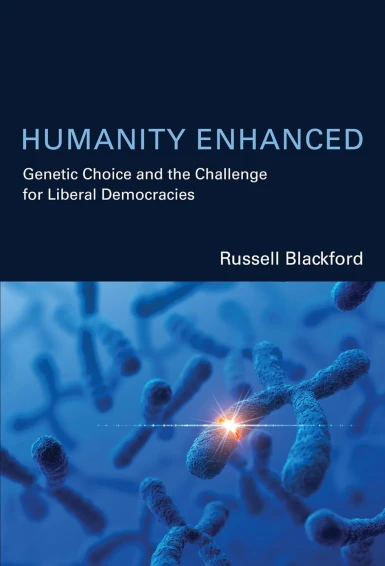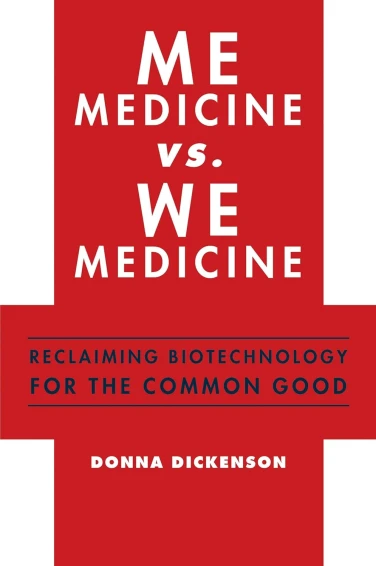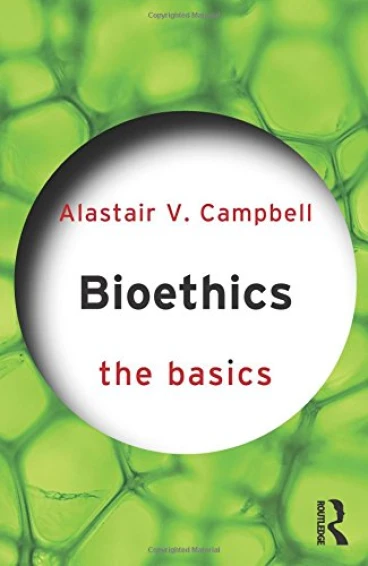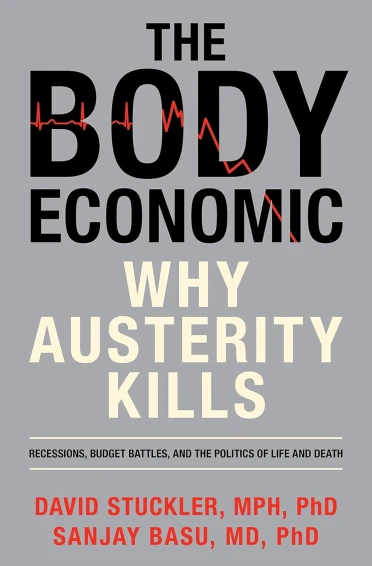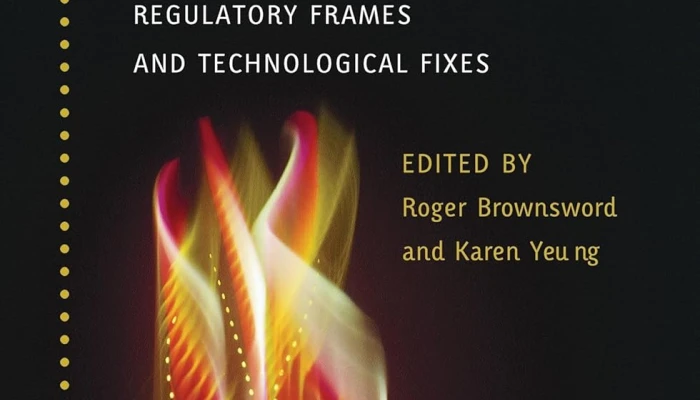
Edited by Roger Brownsword and Karen Yeung
Hart Publishing, Oxford: 2008
RRP: £22.50
ISBN 9781841137889
Originating from an interdisciplinary conference held in April 2007, Regulating Technologies: Legal futures, regulatory frames and technological fixes is a collection of essays by international scholars which seeks to explore and address issues pertaining to the rather ambiguous remit of “regulation of new technologies”. This ambiguity is explored in the introductory comments made by co-editor Professor Roger Brownsword who explores key questions such as what is the focus of regulating technologies and whether one means the regulation of technology or the application of technology as instruments through which to regulate. Essentially the volume reflects upon questions which arise at the interface between technology and regulation which also serves as the focus of TELOS, a new research centre for the study of Technology, Ethics and Law in Society (TELOS), based in the School of Law at King’s College London and which was formally launched at the 2007 conference.
Whilst there are a number of books which have been written on regulation, the advent of new technologies and cyber space et al, there are not that many (if any) which take up this focus. As such the volume acts as a strategic and seminal contribution to a much needed conversation whilst acknowledging the poisoned chalice it sets itself up to drink from. For in initiating discussion and reflection on such a new and emerging set of interactions all contributors acknowledge the fact that no one person can really set themselves up as a leading and ultimate authority on these issues at this time. This sentiment is probably best expressed by Justice Michael Kirby in the closing chapter of the book,
“…Increasingly the content of law, like the content of life, will be concerned with technology and with its many consequences for society. The importance of the chosen topic therefore belies the comparatively little that is written, said and thought about it. Paradoxically, then, those who first lay claim expertise may participate in a self-fulfilling prophesy”.
This fact may also serve to explain the apparent lack of reviews of the book despite having been published within the last year. Despite this fact and giving due consideration to the fact that it is probably one of the first books to tackle the subject matter, Regulating technologies makes for a very informative and nuanced read, helpfully pulling together many of the initial and current strands of thinking and reflection on these issues. The book is edited by Roger Brownsword and Karen Yeung who are both Professors of law at King’s College London and form the core academic staff at TELOS.
Given that the main focus is on regulation, it is obviously not surprising that the book has a legal focus and style to it. However, it is easy to read and engage with should you not come from a legal discipline background. For this, the editors and contributors are to be congratulated for if, as Kirby notes, the issue of the regulation of burgeoning technologies in modern society is as important and crucial as he recognises it to be then a multidisciplinary response is crucial. To aid this there needs to be an exchanging of ideas and reflections across disciplinary boundaries. Regulating Technologies helps to achieve this with flying colours.
Structure
The book is divided into two parts. Part I addresses the topic of technology as a regulatory tool whilst Part II addresses technology as a regulatory target. The scope, extent and significance of new technologies undergirds the essays in part I ranging from discussions regarding the criminal justice system, the development of a surveillance society and whether or not a regulatory regime that rules by technology is compatible with rule-of-law values.
Perhaps the most interesting paper for this reviewer was the one written by Serge Gutwirth, Paul De Hert and Laurence De Sutter entitled “The Trouble with Technology Regulation: Why Lessig’s ‘Optimal mix’ will not work”. Given the focus of preceding chapters on the discussion and application of new technologies as a tool in the context of regulation this paper helps to act as a bridge from this conversation to that of helping to create the right regulatory environment for new technologies. Throughout the book there are substantial references to the work of Professor Lawrence Lessig and his seminal work on ‘code’ as a regulatory mode as expounded in books such as Code and Other Laws of Cyberspace and Code version 2.0. He was also the keynote speaker at the inaugural conference of TELOS. Whilst the extremely useful contribution of Lessig is acknowledged and recognised by all of the contributors, Gutwirth, De Hert and De Sutter provide a healthy and robust rebuttal to Lessig’s thesis which helps to not only open up new avenues of discussion and thought but also increases deeper engagement with Lessig’s original ideas.
Succinctly, Lessig proposes that regulation by definition comes from above or at least somewhere else and therefore imposes itself from the outside and in so doing conducts and constrains the behaviour of actors that make cyberspace exist. Conducting and guiding through regulation in this way implies that there is an end objective to realise and so Lessig sees four tools or modalities of regulation: law, social norms, markets and technology. Optimal regulation is reached by fine tuning these four to such a degree that the desired aim is reached. Thus the four modalities are to be considered instruments to regulation and are therefore instrumental to its objectives. Should there be any problems, in Lessig’s thinking they lie with the modalities and not the regulation.
In contrast, Gutwirth, De Hert and De Sutter argue that expecting legal practitioners to behave merely as tools or modalities of an external regulation is wrong. Regulation can be proposed to them but not imposed; the law’s own dynamic needs to be considered as well. Gutwirth, De Hert and De Sutter acknowledge that any regulation of new emerging technologies will inevitably and obviously require legal involvement. However, rather than adopt old patterns of engagement they are seeking to develop discussion of regulation of new emerging technologies so that fresh legal appreciation is initiated and developed. Concluding their essay, they reflect that “…we trust that to ask the lawyers themselves how they deal with new technologies would always be more interesting and more enlightening than to define some very sophisticated programme, however balanced and nuanced it might be, in order to avoid their escape” (p. 216). In order for this to happen in practice, it may well mean that new technologies are left to develop by their own accord with legal intervention only taking place when the technologies actually become problematic. Naturally this would constitute a waiting game which some may well see as too risky but Gutwirth et al argue that it is a risk worth taking as fear is never a solution; it only leads to defiance, tension or contempt.
Forming the correct regulatory environment for new technologies
Part II looks at the challenges of creating and establishing the correct regulatory environment for new technologies. If the right regulatory environment is to be established then the right set of standards need to be set, supported by an appropriate, effective suitable system of assessment and monitoring. Five key types of technology are used in reference to establishing this correct regulatory environment. They are biotechnology, information technology, neurotechnology, nanotechnology and renewables. This approach works well and helps to earth much of what is discussed and proposed. Whilst all seven essays in this part of the work prove to be helpful working discussions, two particularly stand out to this reviewer. First, Hailemichael T. Demissie’s essay on nanotechnology, “Taming Matter for the Welfare of Humanity: Regulating Nanotechnology”, explores aspects of the nano conversation which never quite make it to the agenda of most discussions on the future of nanotechnology - that of justice and benefit sharing. The potential of an emerging nano-divide is a very real possibility and so Demissie argues for the need for a regulatory environment which seeks to promote and distribute the benefits of nanotechnology as widely as possible is crucial if civil unrest, division and disenchantment is to be avoided.
Secondly, Murray’s ‘Conceptualising the Post-regulatory (Cyber) State’ makes for a really engaging read in terms of the regulatory environment of information technology. In a very lucid manner Murray emphasises and clearly identifies the fluid and dynamic nature of cyberspace and how this contrasts with previous notions of more rigid and fixed regulatory approaches. Applying the former in cyberspace will simply not work as exemplified in various cases regarding copyright and file sharing issues. Central to Murray’s thesis is his conceptualisation of cyberspace in a post-regulatory state, which in turn requires a far more fluid and interdependent system which draws in an array of various actors, including the state but also including those which it seeks to regulate directly. Thus, individuals who inhabit cyberspace are far from passive consumers but also active regulatees who respond and participate as a much broader community of actors. Particularly enlightening is Murray’s reference to Forrester’s ‘closed loop’ which helps to form the basis of his idea of ‘dynamic modelling’. In theory, this model works well and allows for constant evaluation and refining of regulatory intervention which in turns makes for effective regulation. The case is compelling and the chapter makes for a highly enjoyable and informative read.
Paradox
To close, Justice Michael Kirby’s closing reflections help to at least summarise and draw together some of the paradoxes or tensions prompted by the discussions containing in the book. One such example is regulatory action or inaction. Whilst regulatory inaction could lead to technologies developing too faster with regrettable outcomes, too much regulation may stifle crucial advances and progress. Kirby proceeds to outline seven lessons which point the way towards good regulatory practice: a) recognise a basic dilemma b) recognise that inaction is a decision c) recognise the limited power to regulate d) recognise differentiating technologies e) recognise different cultures f) basing regulation on good science and g) addressing the democratic deficit.
Adding colour to a blank page
It is clear that both the editors and contributors to this book appreciate the enormity of the scope of task when it comes to engaging with intersection of new emerging technologies with regulation. Instead of pretending to have a definitive set of answers to the questions which arise, a humble and tentative set of first steps have been taken in the form of this book in order to at least make some impression on what had previously been a rather blank page. The result is an invaluable resource to any, from the lawyer to the sociologist, philosopher and ethicist, who are interested and recognise the importance of engaging with the ethical, social and legal implications of new emerging technologies (ETs). Given the nature of ETs, it will be inevitable that the book will be super ceded by other collections which will move on to address and tackle future topics. However, Regulating Technologies will have its place and no doubt will continue to be referred to due to the spirit in which it has initiated and helped frame and inform the discussion.




